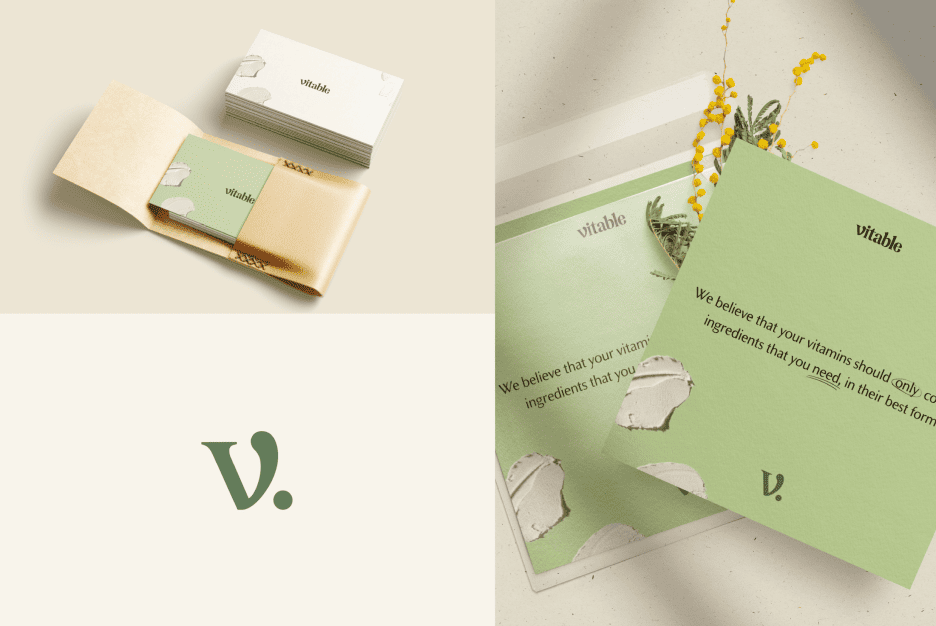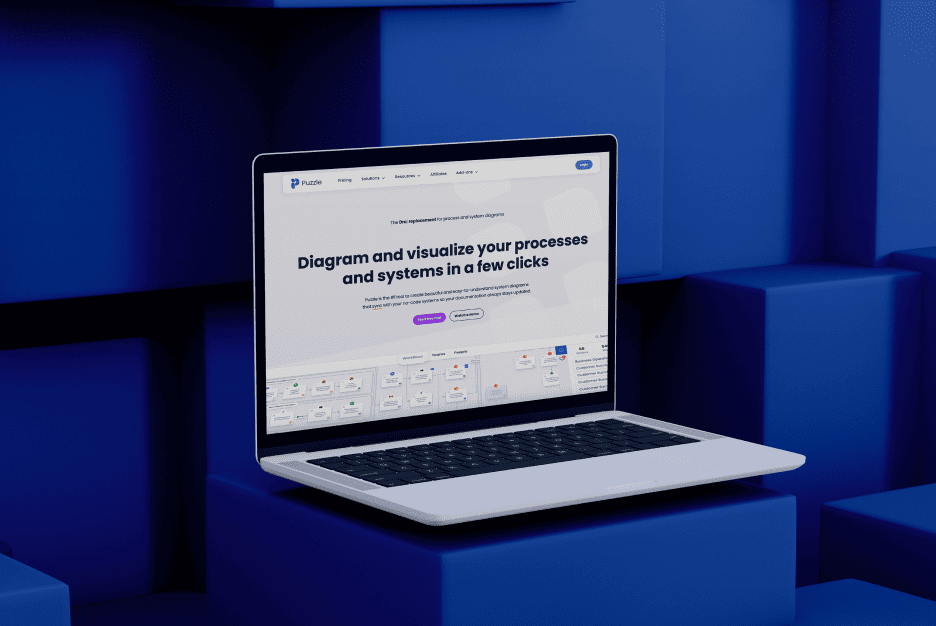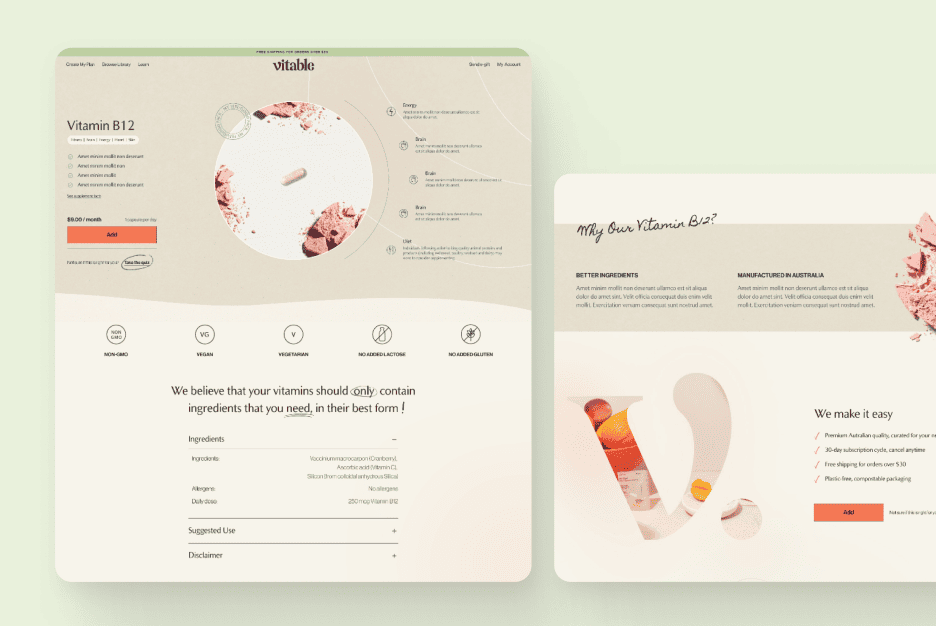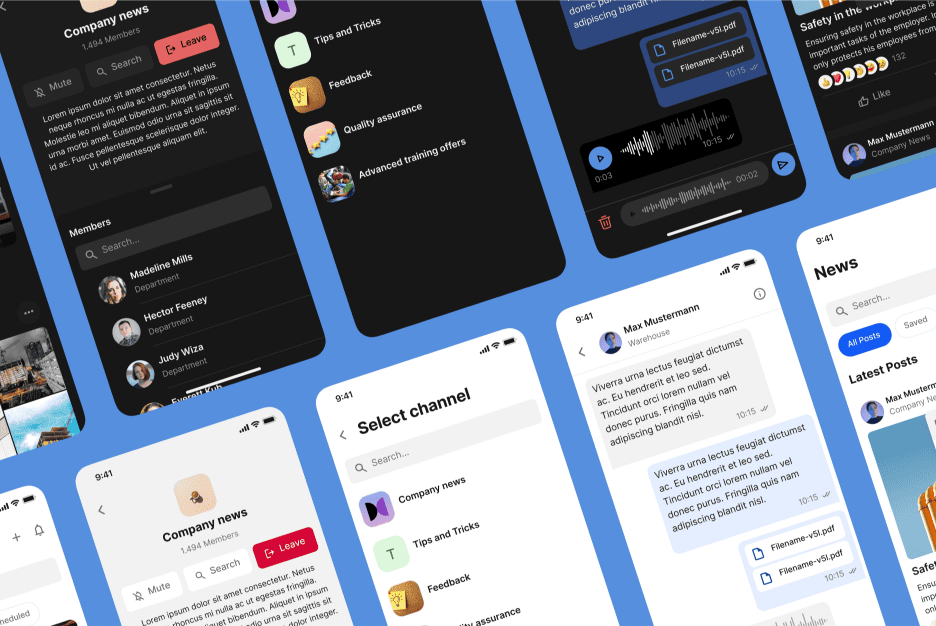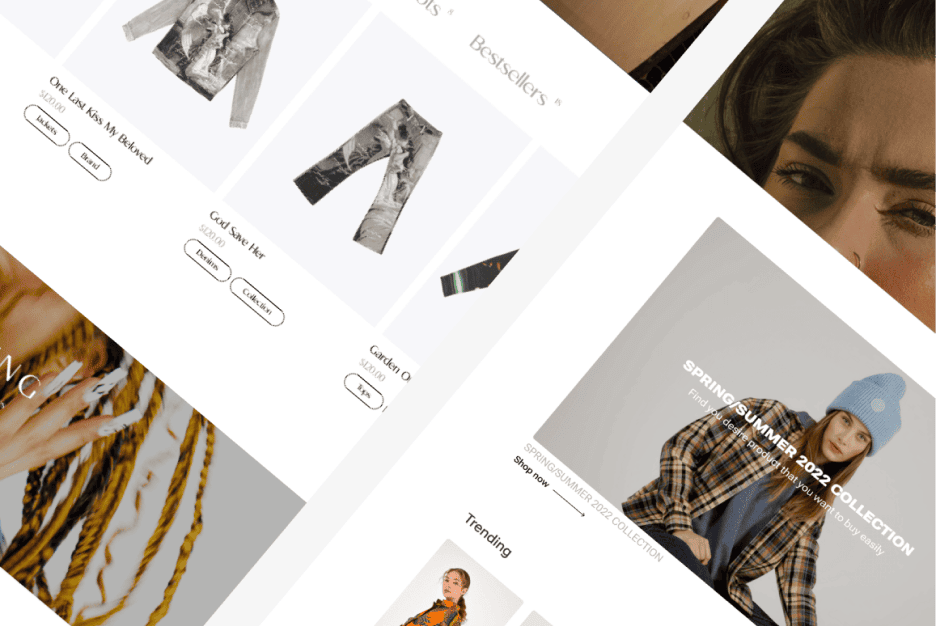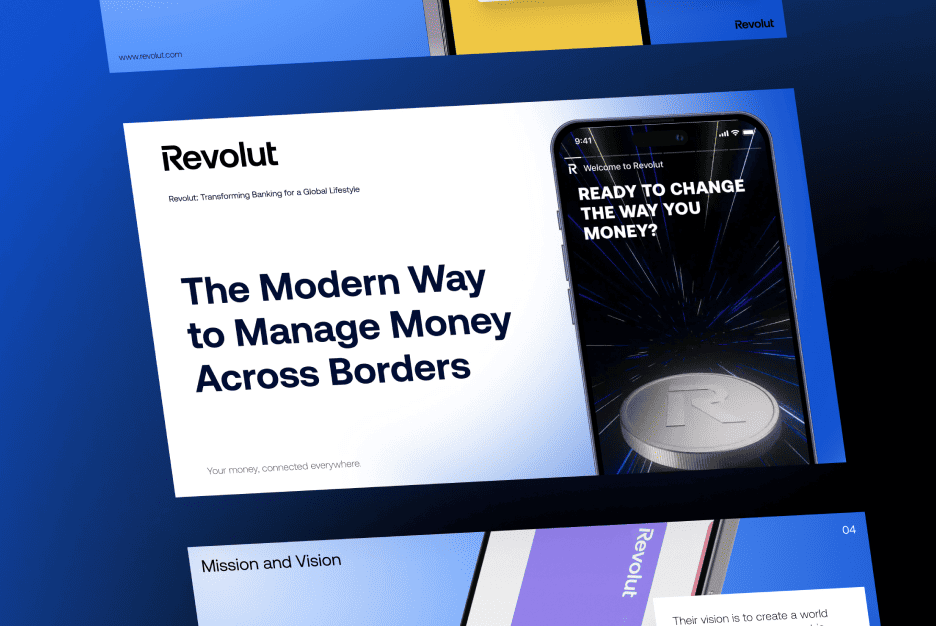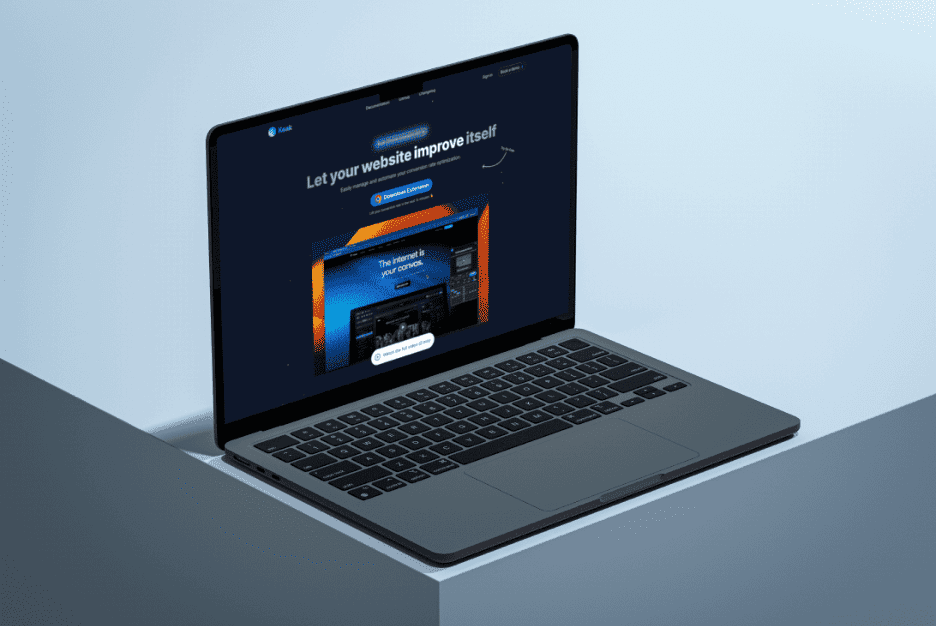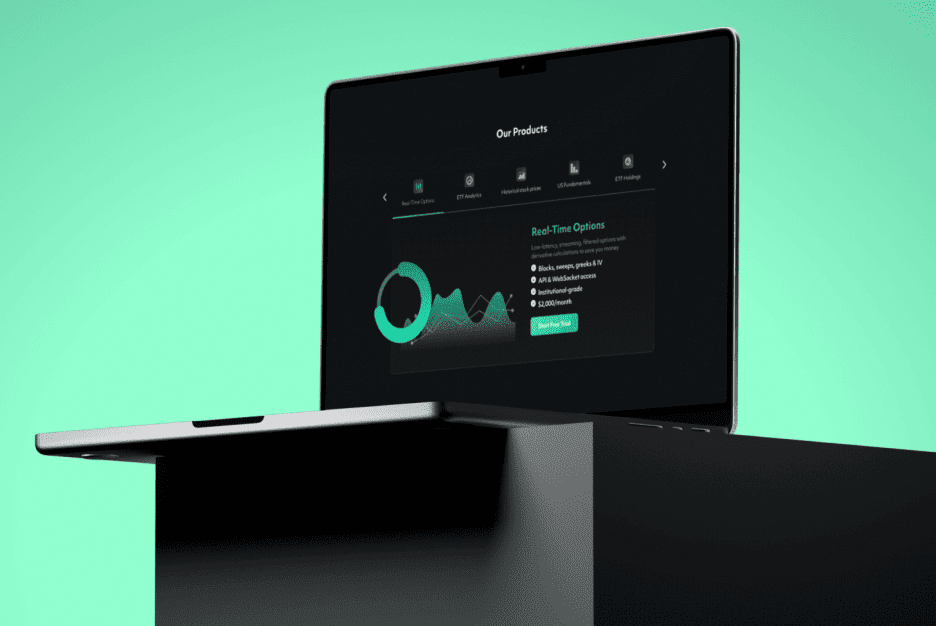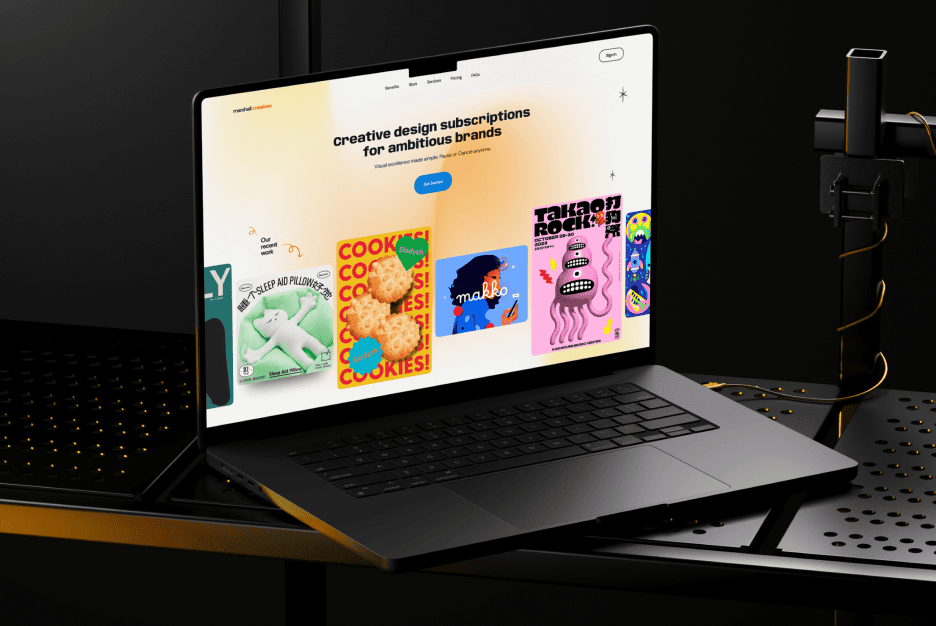Launching a design without a robust User Experience (UX) plan is like constructing a house without a blueprint—it’s a recipe for inefficiency, increased costs, and user dissatisfaction. A detailed UX plan aligns the project’s creative vision with user expectations and business objectives, ensuring a seamless design process and a product that stands out in the market. In this guide, we’ll explore the importance of UX planning, break down its critical components, and outline steps to implement one effectively.
For further insight into UX design principles, check out our article The Ultimate Guide to Delete Dialog UX Design.
The Role of UX in Modern Design
Bridging the Gap Between Users and Brands
UX serves as a bridge between what users expect and what brands aim to deliver. At its heart, UX focuses on creating interactions that feel natural, intuitive, and engaging, helping users achieve their goals effortlessly.
For example, when designing a website for an e-commerce brand, UX principles ensure that browsing, selecting, and purchasing are streamlined. By integrating consistent branding elements, such as logo placement, typography, and color schemes, designers reinforce brand identity while improving usability. This cohesive experience builds trust and recognition over time.
Without proper UX planning, inconsistencies creep in. Imagine a website where the homepage is sleek, but the product pages feel outdated or confusing. Such a mismatch can frustrate users and reduce conversions, undermining the brand’s credibility.
Want to refine your branding strategy? Dive into our post on **The Importance of Organizational Branding** for actionable tips on maintaining consistency.
Enhancing Conversion Rates and Engagement
Conversion rates often serve as the ultimate test of a design’s success, and strong UX design is directly correlated with higher engagement and conversions. Research highlights that 88% of users abandon websites with poor experiences, underscoring the necessity of UX strategies that anticipate user needs.
Consider the role of a streamlined checkout process in an online store. If your UX plan identifies potential friction points, such as unclear calls to action or too many steps in the purchase process, you can proactively address these challenges. Simplifying navigation and ensuring visual clarity can dramatically increase the likelihood of users completing desired actions.
Explore how intuitive UX impacts user behavior by reading NNG’s Usability Guidelines.

Key Components of a Detailed UX Plan
1. User Research: The Foundation of UX
User research forms the backbone of any successful UX plan. By gathering data on user demographics, preferences, and pain points, you lay the groundwork for designs that truly resonate with your audience.
- Quantitative Research: Use tools like Google Analytics to analyze traffic patterns, bounce rates, and user flows. This data offers insights into user behaviors, such as pages with high engagement or frequent drop-offs.
- Qualitative Research: Surveys and interviews provide deeper insights into user motivations. For instance, open-ended questions can reveal frustrations that aren’t apparent in numeric data.
- Competitor Analysis: Learn from others in your niche. What are competitors doing well, and where are they falling short? Tools like SEMrush can help you benchmark against industry standards.
Integrating these findings ensures your UX plan is data-driven, increasing the likelihood of its success. To explore user-centered design further, check out our blog post How to Level Up Your UX with Results Focused Web Design.
2. Wireframes and Prototypes: Visualizing the Journey
Wireframes and prototypes translate your research into tangible designs. These tools help visualize the user journey, align stakeholder expectations, and minimize misunderstandings during development.
- Wireframes: Start with low-fidelity sketches to define key elements like layout, navigation, and functionality. This stage is ideal for experimenting with multiple ideas and obtaining feedback.
- Interactive Prototypes: High-fidelity prototypes offer a more realistic representation of the final product. Tools like Figma and Adobe XD enable you to create clickable prototypes that mimic the user’s experience, making it easier to identify pain points and areas for improvement.
3. Usability Testing: Refining the Experience
Usability testing ensures your design performs as intended by identifying obstacles and areas for enhancement. It’s a critical step that transforms assumptions into data-driven decisions.
- Task Analysis: Assign real users specific tasks (e.g., completing a checkout) and observe their actions. Look for confusion, delays, or errors to address during revisions.
- A/B Testing: Present users with two design versions to determine which one resonates more. This method helps refine elements like calls to action or navigation menus.
- Heatmaps and Click Tracking: Tools like Hotjar provide visual representations of where users click or hover, offering insights into how they interact with the design.
Explore NNGroup’s detailed guide on usability testing to enhance your approach.
4. Information Architecture (IA): Simplifying Navigation
IA determines how information is structured and presented. A poorly organized design can leave users frustrated, while intuitive IA ensures they find what they need effortlessly.
- Card Sorting: This user-centric method involves sorting content into categories, helping designers understand how users think and group information.
- Sitemaps: These visual tools map out the entire structure of a website or app, ensuring every element is logically connected. Platforms like Miro simplify sitemap creation for collaborative teams.
To understand more about UX, check out our blog article How Has AI Been Affecting UX Design?

Benefits of a Strong UX Plan
1. Reducing Development Costs and Time
One of the primary benefits of a solid UX plan is its potential to save time and money throughout the development process. A poorly planned design can result in frequent revisions, leading to delays and increased costs. In fact, according to M. Dawson, addressing usability issues during the design phase is 100 times cheaper than fixing them after the product is launched**.**
By investing time in user research, wireframing, and prototyping upfront, you ensure that the design is on the right track before it’s fully developed. This early validation allows teams to avoid expensive mistakes and minimizes the need for redesigns. Regular usability testing, including A/B testing and user feedback sessions, also ensures the design is aligned with user needs, reducing the likelihood of significant changes down the line.
Additionally, continuous feedback loops throughout the design and development stages allow for quicker iterations, cutting down on both time and costs. This approach also means fewer resources are required to fix problems once the design is implemented.
According to Forrester Research, every dollar invested in UX brings about a return of $100 due to improvements in user satisfaction and engagement.
2. Improving SEO and Website Performance
SEO and UX are more intertwined than ever before. Search engines like Google prioritize websites that provide excellent user experiences, meaning that a poor UX plan can result in lower rankings and reduced traffic. Websites that are slow to load, difficult to navigate, or fail to provide a mobile-friendly experience are penalized by search engines.
A UX plan that includes features like fast-loading times, mobile optimization, and intuitive navigation can significantly improve SEO rankings. For instance, websites that load quickly and offer easy navigation are more likely to keep visitors engaged, which leads to lower bounce rates and longer session durations—both of which positively impact SEO (Google Search Central).
External Source: According to Google, speed and mobile optimization are core ranking factors for search results. Websites that prioritize these aspects are rewarded with higher visibility (Google Webmasters).
Moreover, the integration of clear calls to action (CTAs) and well-structured content—like readable fonts and easily digestible layouts—ensures that users find what they’re looking for quickly. This reduces friction, ensuring that your website is both SEO-friendly and user-centric.
3. Enhancing Customer Retention and Loyalty
Good UX design isn’t just about acquiring new customers; it’s also about keeping the ones you have. A positive user experience fosters customer satisfaction and builds trust, which leads to greater retention and loyalty.
The most successful brands in the world—Apple, Amazon, and Google—have built their reputation on providing users with consistent, enjoyable experiences. By focusing on usability, intuitive navigation, and engaging interfaces, these brands create a connection with their users that keeps them coming back.
Research by Harvard Business Review shows that increasing customer retention by just 5% can increase profits by up to 25% to 95% . When customers are satisfied with their experience, they are more likely to return, recommend the brand to others, and become repeat buyers. Additionally, good UX design often results in positive reviews and word-of-mouth, which are crucial for business growth.
4. Boosting Conversion Rates
Conversion rate optimization (CRO) is a direct result of effective UX planning. By addressing friction points and optimizing the user journey, a well-thought-out UX plan can significantly increase conversions, whether those conversions are in the form of purchases, sign-ups, or engagement.
A clear call to action (CTA), optimized forms, and intuitive checkout processes are key factors that contribute to a higher conversion rate. With a UX plan that focuses on reducing complexity and streamlining tasks, users are more likely to complete the desired actions.
For example, Amazon’s one-click purchase option is a clear reflection of how UX plays a direct role in increasing conversion rates. It simplifies the process of buying, minimizing friction and encouraging users to make purchases.
Incorporating A/B testing during the design phase further enhances the conversion process by identifying which design features or UI elements resonate most with users. This data-driven approach ensures that the final product is optimized for maximum conversion potential.
5. Fostering Brand Reputation and Trust
A smooth, reliable UX creates a positive impression of your brand. Users who enjoy interacting with your product or website are more likely to associate those feelings with the brand itself, fostering trust and reputation.
For instance, a consistent experience across devices—whether users are accessing your site via mobile, tablet, or desktop—reinforces your brand as professional and reliable. This consistency encourages users to engage more deeply with your content and share your brand with others.
McKinsey & Company reports that organizations with a strong focus on UX outperform their competitors by double in terms of revenue and customer satisfaction.
Conclusion
A detailed UX plan is a cornerstone of any successful design project. From aligning user needs with business goals to boosting conversions and SEO, a robust strategy ensures your product stands out. By prioritizing research, iterative design, and continuous testing, you’ll create experiences that resonate with users and drive measurable results.

